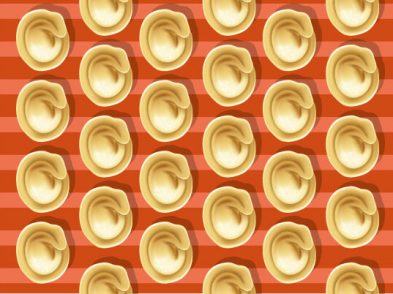John Blake MacDonald’s 1880 painting Lochaber No More depicts the mournful moment on September 20, 1746,
when Prince Charles Edward Stuart, the Young Pretender to the English throne,
commonly known as ?Bonny Prince Charlie,’ left Loch Nam Uamh in his beloved
Scotland forever. After his rout at the battle of Culloden on April 16 that
same year, the English had put a huge 30,000 pound price on his head. There was
no place to go but into exile.
Christened Charles
Edward Louis John Casimir Silvester Severino Maria Stuart, the prince was born
not in Scotland but in Rome, on December 31, 1720. He was the grandson of James
II (1633-1701), who had been the last Catholic King of England, Ireland and
Scotland from 1685 until he was banished and forced to abdicate after the
Glorious Revolution of 1688. His daughter, Mary II, and William III of Orange,
his son-in-law and nephew, both Protestants, jointly took his place on the
throne.
When,
in 1744, the French supported an attempt by his father, James Francis Edward
Stuart, known as the Old Pretender, to invade England, Charles Edward led the
insurrection. Whilst many of the highland clans backed the Jacobite cause,
Charles Edward did not receive the support he had been promised for the
uprising in England, nor did the French send reinforcements. Defeated and
hounded by the Duke of Cumberland, the son of King George II, after five months
in hiding, Charles Edward fled to France. His supporters were not as fortunate
as Cumberland’s reprisals were ferocious. Called the Butcher by the Scots, he
executed many of them, confiscated their land and prohibited them from wearing
kilts and playing bagpipes.
The
prince’s stay in France was brief. In 1748, in the aftermath of the War of
Austrian Succession, under the terms of the second Treaty of Aix-la-Chapelle
(1748), the Stuarts were no longer welcome there. Trying to keep his quest for
the restoration alive, over the next few years, Charles Edward roamed about
Europe. Only after his father’s death, in 1766, did he return to Rome. There,
in 1772, he married Princess Louise of Stolberg-Gedern (1752-1824) by proxy. At
55, he was no longer ?bonny’ or handsome but portly and decrepit, suffering
from gout, piles and swollen legs, whereas she, at 20, was beautiful,
intelligent and a flirt. From the beginning, their union was destined to fail.
In
part because Pope Clement XIV refused to recognise their royal status,
referring to the newlyweds as the Count and Countess of Albany, the alias they
had adopted and, in part to jealously guard his coquettish, fair-haired wife,
Charles Edward decided to move to Tuscany, firstly to Pisa and then to
Florence. Once in Florence, he initially rented Palazzo Corsini al Prato but,
then, in 1777, purchased Palazzo di San Clemente, often referred to as the
Palazzo del Pretendente, in his honour. Previously owned by the Guadagni
family, the palace stands on the corner of via Micheli and via Gino Capponi,
today housing the Architecture Faculty of the University of Florence.
It
was big enough for his household of more than 40 servants, and Charles Edward
decorated it with a weather vane bearing the royal inscription ?CR 1777′ and
displayed his coat of arms prominently in the atrium. The couple lived a
court-like lifestyle, but, according to Horace Mann, the English envoy to the
Grand Duchy of Tuscany, who gleefully reported every tidbit of gossip about
them to his masters in London, usually based on information from his spies
inside the Stuart residence, Charles Edward’s health was quickly deteriorating.
Mann described the prince as being of an ?insupportablity of both stench and
temper.’
As
Charles Edward’s drinking escalated and his bouts of sickness and impotence
magnified, Louise became increasingly the victim of verbal and physical
domestic violence. Unable to tolerate it any longer, in 1780 she escaped to the
nearby Convento delle Bianchette and then to Rome. She was followed there by
her lover, poet and dramatist Vittorio Alfieri, whom she had met in 1778.
Obtaining a legal separation from her husband, she lived with Alfieri until his
death in 1803. As custodian of his memory, she commissioned Canova to sculpt
his funeral monument for the Basilica of Santa Croce. She is also buried there
in the Castellani Chapel.
Abandoned
by Louise, Charles Edward turned for assistance to Charlotte, his illegitimate
daughter born in 1753 to Clementina Walkinshaw, one of his many mistresses,
proclaiming her Duchess of Albany. Charlotte nursed him until he died of a
series of strokes in Rome, where he had returned just a short time before his
death on January 31, 1788. He was buried at the Frascati Cathedral, where his
praecordia (a vessel containing his heart) can still be found, but his remains
were later transferred to the Stuart family crypt in Saint Peter’s Basilica in
the Vatican.
Although
at the end of his life there remained a mere vestige of his former glory, many
in Scotland and elsewhere continue to love and admire him as the young,
romantic hero whose exploits in the ill-fated 1745 rebellion are legendary.








